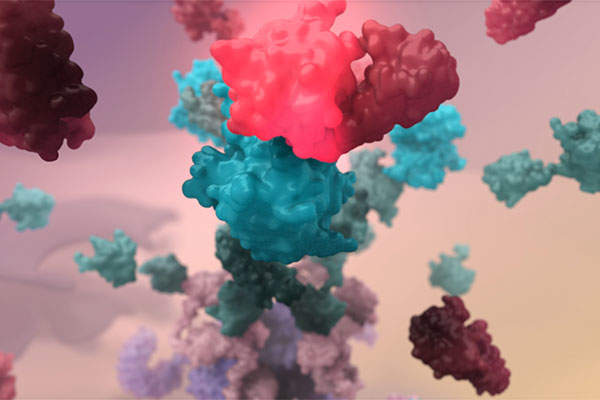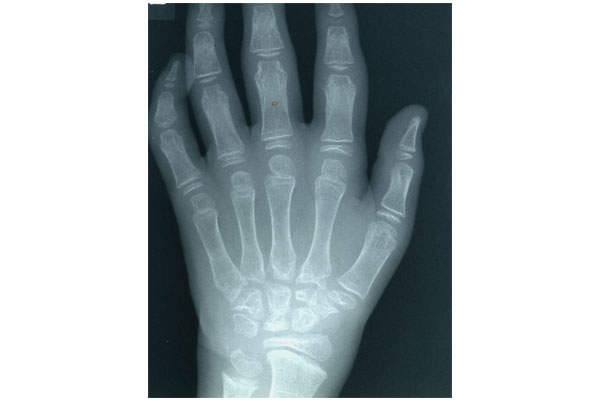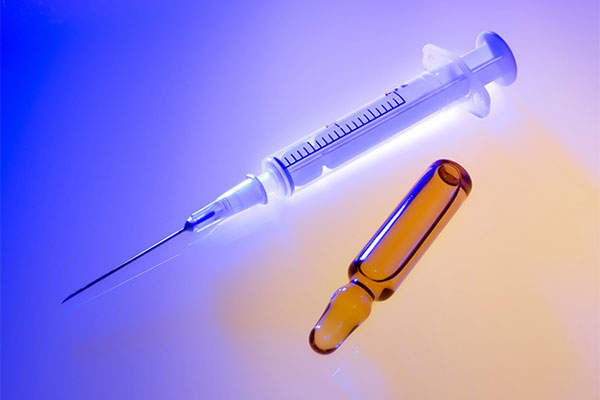
Dysport (abobotulinumtoxinA) is an injectable formulation developed by Ipsen Biopharmaceuticals for the treatment of lower limb spasticity in paediatric patients aged two years or older.
Ipsen submitted supplemental biological license application (sBLA) for Dysport to the US Food and Drug Administration (FDA) on 30 September 2015. The FDA approved the drug on 1 August 2016.
Dysport was earlier approved for the treatment of cervical dystonia in the US in April 2009 and upper limb spasticity in adults in July 2015. It is also prescribed as a treatment for a range of indications in neurological and other specialist medical areas, including hemifacial spasm and blepharospasm. In several countries, Dysport is prescribed for the treatment of hyperhidrosis.
Ipsen is also investigating Dysport as a treatment for urinary incontinence in patients with neurogenic detrusor overactivity (NDO) caused by spinal cord injury or multiple sclerosis. A phase three study to evaluate the safety and efficacy of Dysport to treat the condition is currently underway.
Cerebral palsy and lower limb spasticity
Cerebral palsy is a neurological disorder characterised by the impairment of motor function. It is caused by abnormalities or impairment of areas of the brain that regulate motor function such as the primary motor cortex.
The condition usually affects infants or children below three years of age and is associated with symptoms such as lack of muscle coordination, stiff or tight muscles and exaggerated reflexes (spasticity), seizures, hearing loss, vision impairment, and bladder and bowel control issues.
Majority of the children having cerebral palsy are born with the condition although it may not be detected immediately after birth. In the US, 10,000 children are estimated to be born a year with the condition.
One of the main symptoms of cerebral palsy, spasticity leads to increase in muscle tone, severe muscles spasms, rapid muscle contractions, overactive deep tendon reflexes and muscle stiffness. Spasticity may also occur due to spinal cord injury, multiple sclerosis, stroke, and brain or head trauma.
Lower limb spasticity is the spasticity in the calf muscles, mainly in the gastrocnemius and soleus muscle complex of the calf.
Dysport’s mechanism of action
Dysport is a botulinum toxin A, a formulation based on the clostridium bacteria, which produces BoNT-A. It is produced as an isolated and purified form of the clostridium bacteria and supplied as a lyophilised powder.
The drug acts as an acetylcholine release inhibitor and neuromuscular blocking agent. It works against the bacterium that inhibits the nerve impulse transmission to the muscles.
Dysport is injected into the muscles to treat increased calf muscle stiffness in children, as well as elbow, wrist, finger muscles and upper limb spasticity in adults. The drug causes the contracted muscles to relax and aids in improving the mobility and quality of life of patients.
Clinical trials on Dysport
The FDA approval for Dysport was based on the results obtained from a double-blind Phase III clinical trial conducted in the US, Mexico, Poland, Turkey and France. The placebo-controlled and randomised trial evaluated the safety and efficacy of the drug in 235 paediatric patients, who were either naive to botulinum or previously treated with botulinum for more than six months.
A total of 158 patients, of the 235 enrolled, received Dysport, whereas the remaining 77 received placebo. The patients were randomised to receive 1:1:1 of Dysport 10 units/kg/le, Dysport 15 units/kg/leg or placebo.
The study met the co primary efficacy end points of significant improvement in mean change from baseline in Modified Ashworth Scale (MAS) in ankle plantar flexor muscle tone compared to placebo at week 4 and week 12. The most common adverse reactions included nasopharyngitis, upper respiratory tract infection, influenza and pharyngitis, cough and pyrexia.






